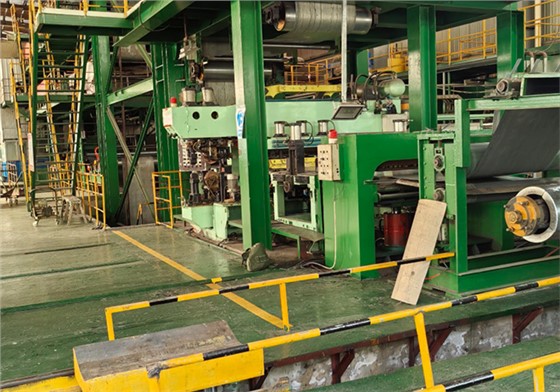From the perspective of Kondratieff cycles, there are several key reasons for optimism about China's national fortune and the future development of its manufacturing industry in the coming decades:
The Kondratieff cycle theory, proposed by Soviet economist Nikolai Kondratieff, posits that economic development exhibits distinct cyclical patterns, with each cycle lasting approximately 40 to 60 years and encompassing periods of prosperity and recession.
Currently, the world economy is in a recessionary phase. As a catching-up country, China can introduce advanced technology and equipment from developed nations, learn from their successful experiences, and avoid mistakes they have made.
This catch-up strategy enables China to quickly enter and adapt to new technological and industrial fields with relatively low costs and risks.

In traditional industries like manufacturing, China boasts the world's largest domestic demand and the most comprehensive supply chain system. These advantages will contribute to driving the sustainable development of China's national fortune and manufacturing industry in the coming decades.
China's manufacturing industry faces challenges and opportunities from supply-side reform in the next few decades. During this process, small enterprises with low efficiency, high pollution, and low value-added products will be phased out, while enterprises with high resource utilization efficiency and high value-added products will gain more development opportunities.
In this transition, market resources will gradually concentrate in large enterprises, further strengthening the position of leading companies. Large enterprises, with their scale advantages, technological advantages, and brand advantages, are better equipped to respond to market changes and seize development opportunities. Therefore, for manufacturing enterprises, to capture market demand during supply-side reform, they must strengthen enterprise management and improve operational efficiency. This can be achieved by optimizing production processes, reducing production costs, improving product quality, and other means to enhance the overall competitiveness of the enterprise.

